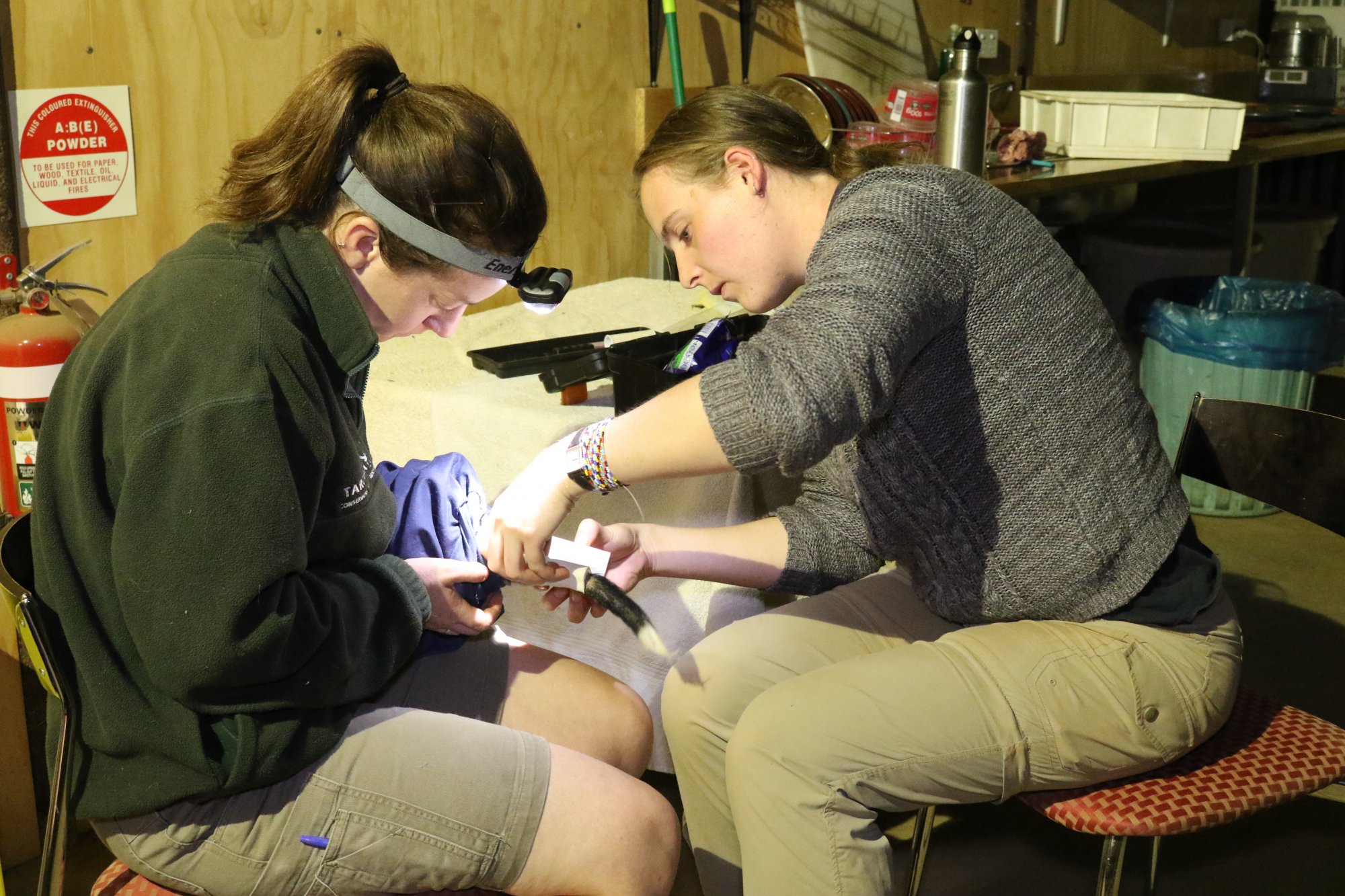Posted on 14th May 2019 by Media Relations
The Greater Bilby is an iconic Australian animal that plays an important role in Australia’s ecosystem.
The Greater Bilby is considered an ecosystem engineer, as it is an exceptional digger and can move more than 1.5 tonnes of soil per kilogram of body mass in a single year as it digs its burrow. So many different species benefit from the Bilby’s hard work including insects, reptiles, birds and small mammals that will often live in their burrows once the Bilbies no longer use them. These unoccupied burrows provide much needed shelter for these species from predators and hot summer weather.
This is only one reason why they are so important to the ecosystem. Greater Bilbies also constantly turn over soil, improving the health of the soil by mixing through organic matter and bringing deep oils and their nutrients to the surface. So they definitely play a larger role in the overall health of the Australian ecosystem than many people would think.
The Greater Bilby was once found across 70% of Australia but sadly is now only found in small areas of the Northern Territory, Western Australia and South West Queensland.
The Greater Bilby is a nocturnal marsupial that is only active in the darkness of night. Bilbies don’t emerge from their burrows until after dusk and retreat at least an hour before dawn.
Taronga Western Plains Zoo is also playing an important role in conserving this species with a 110-hectare sanctuary for research and breeding that is currently holding eight Greater Bilbies in a pre-release yard.
Recently the Bilbies underwent their periodic check-up at night. Keepers first caught up the Bilbies and then changed the tracking devices on their tails, as these only last approximately three months. The Bilbies had physical assessments and were weighed, with each Bilby given a clean bill of health and released back into the holding facility.
The next step for the program is to release these eight Bilbies into the greater sanctuary once final confirmation that no invasive predators or competitors such as cats, foxes or rabbits remain in the area. Once released they will be monitored via their tracking devices and CCTV cameras.
It is hoped that a successful breeding program will then follow allowing the Zoo to build an insurance population that can be released into the Sturt National Park (as part of the Wild Desert project) in arid north-western corner of NSW.
